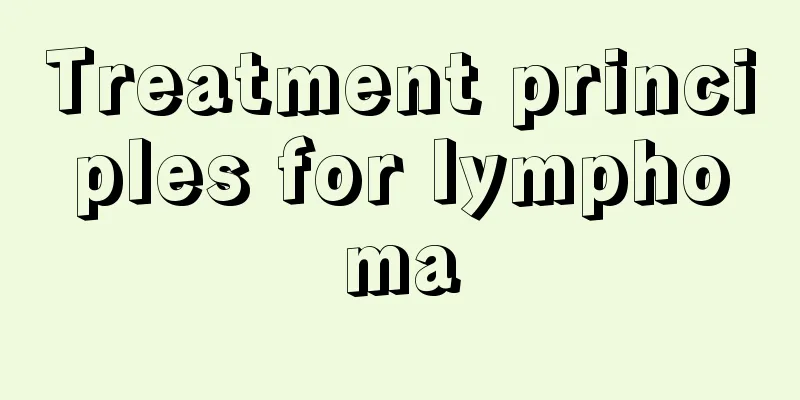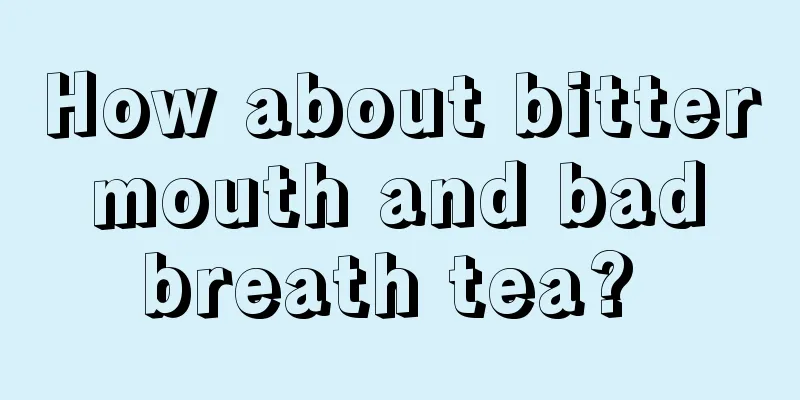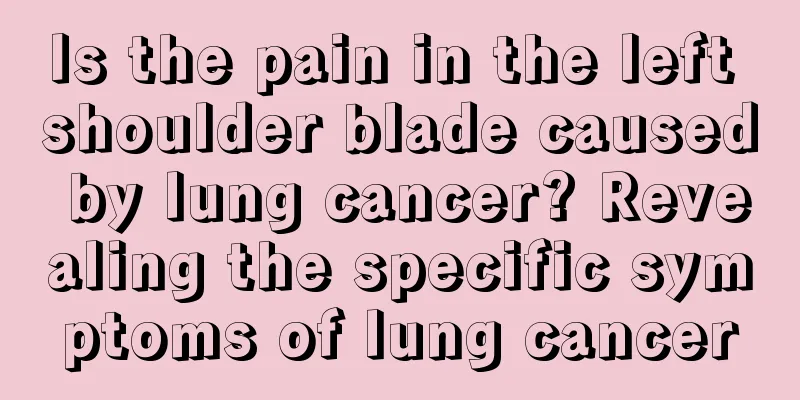Treatment principles for lymphoma

|
The treatment principles for lymphoma are as follows: 1. Treatment principles of HL Stage I: Subtotal lymph node irradiation (STNI), radical dose (4.5-50 Gy). Stage IB, ⅡA-B: total lymph node irradiation (TNl), followed by MOPP combined with chemotherapy × 4 cycles. For patients with stage III or I and II lymphocyte reduction type and large mediastinum (mediastinum invasion exceeds 1/3 of the transverse diameter of the chest cavity) or mass >5cm in diameter, first use MOPP chemotherapy for 3 cycles, then radiotherapy, whole lymph node irradiation, radical dose: followed by MOPP chemotherapy for 3 cycles. Stages IIIB and 1V: Combination chemotherapy is the main treatment, with the following regimens: MOPP, ABVD, and MOPP/ABVD alternating. The dose intensity must be sufficient, for a total of 6 cycles or more (plus 2 cycles after complete remission), and local radiotherapy if necessary. Splenectomy can be performed for patients with splenic invasion who have poor responses to chemotherapy and radiotherapy or who have hypersplenism. Recurrence: For recurrence after radiotherapy remission, combined chemotherapy can achieve good therapeutic effects similar to those of initially treated cases; for recurrence after more than one year of remission after chemotherapy, the original chemotherapy regimen should be used. For those who relapse less than one year after remission after chemotherapy, the chemotherapy regimen should be changed, such as changing MOPP to ABVD, or changing ABVD to MOPP. If the patient is resistant to both MOPP and ABVD, the new chemotherapy regimen should be used. For children and minors, adequate combined chemotherapy is the main treatment. If radiotherapy is required, 1/2 of the radical cure dose can be used, and the radiation field needs to be symmetrical. The MOPP regimen affects fertility, so in some cases where fertility needs to be preserved, MOPP should not exceed 6 cycles. (II) Principles of NHL treatment 1. Low-grade malignancy 1. Stage II: radiotherapy, subtotal lymph node irradiation, expanded field, radical dose. Stage III, IV: combined chemotherapy, COPP or CHOP regimen, local radiotherapy when necessary, or interferon injection, or whole body low-dose radiotherapy 150cGy/5 weeks. Sometimes the principle of observation and waiting is adopted, and treatment is performed when necessary. In short, the treatment should not be too aggressive. 2. Moderately malignant IA-B, ⅡA stage: radiotherapy, whole lymph node irradiation. Radical dose, plus chemotherapy CHOP or BACOP × 4 cycles. ⅡB and ⅡA stage with extensive invasion: chemotherapy 2~3 cycles and radiotherapy, whole lymph node irradiation. 3. Highly malignant Active systemic chemotherapy is the main treatment, with local radiotherapy when necessary. Bone marrow transplantation (BMT) or APBSCT and intensive chemotherapy with or without radiotherapy under CSF support. The treatment principle for low, medium and high malignant recurrence cases: either use more intensive chemotherapy than the original treatment plan, or change to a new chemotherapy plan, or intensive chemotherapy with or without radiotherapy under BMT, APBSCT, and CSF support. |
<<: Treatment of several special types of lymphoma
>>: Differential diagnosis of laryngeal cancer
Recommend
Physiological functions of iron
Iron is the most indispensable element in our bod...
How to deal with burn blisters on your hands_How to deal with burn blisters on your fingers
Burns are a very common injury. After a burn, dif...
How to treat dry and dehydrated skin in autumn
The weather in autumn is relatively dry, and the ...
How to correctly eliminate bulbous nose?
The nose is considered a very important part beca...
Common postoperative complications of breast cancer
The scary thing about cancer is not only its high...
The difference between red bone marrow and yellow bone marrow
Bone marrow is an important substance in the huma...
What causes Bai Dian Madness
Vitiligo is a common skin disease. The cause of t...
What are the causes of chronic gastroenteritis?
Chronic gastroenteritis is a relatively common ty...
What are the reactions to rabies vaccine
In life, it is a common phenomenon for people to ...
What are the best ways to get rid of acne
Acne is common on the faces of adolescent boys an...
What are the feeding guidelines for three-month-old babies?
For a three-month-old baby, the main nutrition co...
What are the symptoms of mild mercury poisoning
Mercury is a relatively common chemical. It is ve...
Experts explain the key points of bladder cancer care that need attention
During the treatment of bladder cancer, nursing c...
What to do if anal prolapse occurs? You need to know these methods
Anal prolapse is not a simple rectal prolapse. Th...
Is it harmful to stand against the wall frequently?
People's physical fitness is constantly decli...









